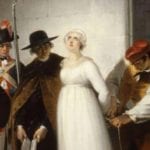 Politics
Politics  Politics
Politics  Weird Stuff
Weird Stuff Ten Bizarre Facts About The Doge Meme
 Our World
Our World 10 Ways Your Christmas Tree Is More Lit Than You Think
 Movies and TV
Movies and TV The 10 Coolest Stars to Set Sail on The Love Boat
 History
History 10 Things You Didn’t Know About the American National Anthem
 Technology
Technology Top 10 Everyday Tech Buzzwords That Hide a Darker Past
 Humans
Humans 10 Everyday Human Behaviors That Are Actually Survival Instincts
 Animals
Animals 10 Animals That Humiliated and Harmed Historical Leaders
 History
History 10 Most Influential Protests in Modern History
 Creepy
Creepy 10 More Representations of Death from Myth, Legend, and Folktale
 Politics
Politics 10 Political Scandals That Sent Crowds Into the Streets
 Weird Stuff
Weird Stuff Ten Bizarre Facts About The Doge Meme
 Our World
Our World 10 Ways Your Christmas Tree Is More Lit Than You Think
Who's Behind Listverse?

Jamie Frater
Head Editor
Jamie founded Listverse due to an insatiable desire to share fascinating, obscure, and bizarre facts. He has been a guest speaker on numerous national radio and television stations and is a five time published author.
More About Us Movies and TV
Movies and TV The 10 Coolest Stars to Set Sail on The Love Boat
 History
History 10 Things You Didn’t Know About the American National Anthem
 Technology
Technology Top 10 Everyday Tech Buzzwords That Hide a Darker Past
 Humans
Humans 10 Everyday Human Behaviors That Are Actually Survival Instincts
 Animals
Animals 10 Animals That Humiliated and Harmed Historical Leaders
 History
History 10 Most Influential Protests in Modern History
 Creepy
Creepy 10 More Representations of Death from Myth, Legend, and Folktale
10 Brave And Bloodthirsty Pirates Of The Pacific
Our typical image of a pirate is of one that sailed the Caribbean and ran afoul of the governments there, mostly between the 17th and 18th centuries. We’ve heard the stories about Blackbeard, Anne Bonny, and (our personal favorite) Captain Morgan so many time that they’re as much legend as history. On the other side of the world, however, there was some epic—and often overlooked—pirating going on as well.
10 Lai Choi San

In 1956, Aleko Lilius wrote I Sailed with Chinese Pirates, and the book remains one of our best sources of information about Lai Choi San.
According to Lilius, he won the trust of the notorious female pirate and became one of the only Westerners ever to sail with her and her crew. He described meeting her after hearing some often-told stories about her. She was depicted as the Robin Hood of the South China Sea, known for stealing from the rich and giving to the poor. Lilius said that he wasn’t sure how much of her story was real and how much of it was tall tales that grew up around her. He even doubted that she was real at first, before he met her. Dubbed the “Queen of the Macau pirates,” she inherited the business from her father, who had set up in Macau with protection from the government, given in exchange for his promise to protect local fishermen from other gangs of pirates.
Like her father before her, Lai Choi San was given the title of “inspector,” which also gave her the official protection of the government. That allowed her to carry out her pirating without harassment by the government, amassing a huge fortune running protection schemes among the fishermen they were already sworn to protect. Lai Choi San was also known for her kidnapping schemes, seizing men, women, and children to ransom back to their families.
Lilius wrote that she had collected “barrels of money” from her protection rackets and kidnapping schemes and that she ruled her crew with an iron fist. Supposedly, he was eventually allowed to sail with her, but historians have also raised some questions about how authentic his observations about her are. While they agree that parts of it are certainly true, how much was embellished for his audience is uncertain.
9 Limahong
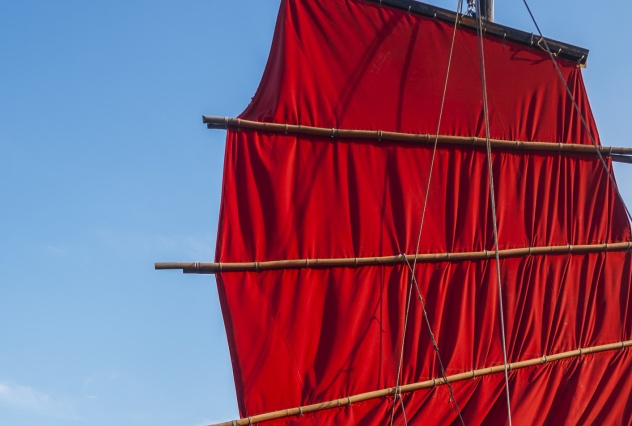
Limahong’s fleet patrolled the seas in the 1570s. Born in Tui-Chiu, he volunteered for the crew of the pirate Tia-La Ong when he was still a teenager. Working his way up through the pirate ranks, he was appointed captain when Tia-La Ong died, inheriting everything. That inheritance included a somewhat tense relationship with China’s emperor, who tolerated the pirate’s existence in exchange for at least some sort of cooperation and respect. When the emperor didn’t get it, and when Limahong continued rampaging through China’s coastal villages, he put a price on the pirate’s head.
Limahong was looking for a place to hole up for a while when he seized a ship that had just come out of Manila. Hearing stories of the riches that were supposed to be waiting for him there, he decided that it was time to skip out of China and set up shop in the Philippines.
In November 1574, he sailed to Manila with his entire fleet, totaling 74 ships and 2,000 warriors. (Some sources claim that he had as many as 200 ships and 10,000 warriors.) The initial attack was a nighttime foray into Manila to test defenses, and that was when things went weirdly sideways. The camp master’s wife heard the distant scuffle of the relatively small group of men who Limahong sent (about 600). They were wrongly reported not as pirates but as angry natives. Thinking that’s who was at the door, she reportedly yelled out the window, “Go away, dogs, or you will all die today!” When the message got back to the pirates, it didn’t go over well.
The pirates regrouped, invaded again, and made it a point to set the house on fire. Martin de Goiti, the unfortunate master of the camp, had his ears and nose chopped off and presented to Limahong. His wife survived, and the arrival of reinforcements sent the pirates scattering.
Limahong’s general, who had been in charge of the first assault, lied and told him that they had landed too far away from camp for an assault. They decided to wait three days before commencing a full-scale invasion. By that time, more Spanish troops had arrived, and they ultimately drove back the attacking pirates. Limahong turned his attention to other coastal villages, raiding and pillaging nearby Spanish settlements instead.
In August 1575, a joint Spanish and Chinese effort nearly succeeded in trapping him, but he managed to escape. He also dropped out of the Spanish history books. One of the only subsequent mentions of him afterward is that he was seen in Guangdong before disappearing.
8 Shirahama Kenki
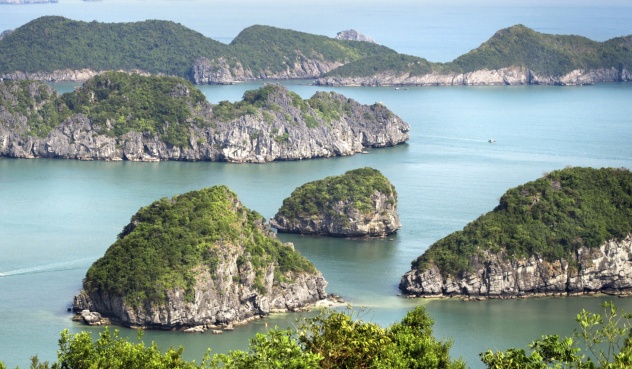
Shirahama Kenki was most definitely a pirate, but when he departed from a Japanese port and kept sailing, he became something of an explorer. His became the first Japanese ship to make contact with the area that became known as Cochinchina, what we now know as Vietnam. Kenki showed up on the coast of the new land in 1585 and initially mistaken for a Westerner. His fleet of five ships attacked and plundered villages up and down the coastline until the sixth son of the local lord, Nguyen Hoang, went out to stop him. The son’s clan, which was also caught up in a civil war that would last for decades, succeeded in destroying two of Kenki’s five ships, sending them running.
Kenki didn’t entirely give up on the idea of setting up shop in Vietnam, though. Sixteen years later, he showed up again in a slightly different light. Nguyen Hoang wrote a letter to the shogun of Tokogawa, apologizing for an incident involving Kenki. The pirate’s ship had been wrecked in a Vietnamese port, and Kenki was attacked by a local magistrate who hadn’t realized that he was, as the letter says, “a lawful merchant.” The magistrate was said to have been killed in the altercation—perhaps conveniently—and Nguyen Hoang had been able to stop officials from executing Kenki in retribution for their magistrate’s death.
The play was pretty brilliant. The response from Japan was one that praised their thoughtfulness in dealing with the situation, and confirmed that, from then on, all their legitimate trading ships would be bearing the red seal of the shogun. Tokogawa declared such ships to be legitimate, and it was the beginning of regular and profitable trade between the two.
7 Eli Boggs
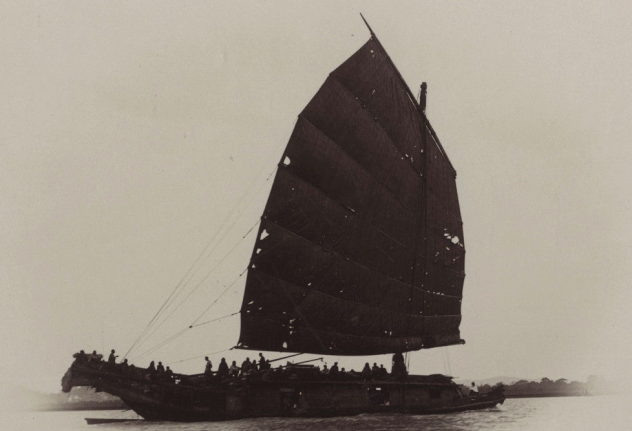
An American pirate who operated in Hong Kong, Eli Boggs single-handedly managed to kick off one of the largest corruption scandals of the era. By all accounts, those hands were unlikely ones for a pirate. He’s specifically said to have had “lily-white hands,” boyish looks, and a definitely feminine air about him. Supposedly as ruthless as he was pretty, he was eventually captured and put on trial for piracy and murder.
At his trial, Boggs claimed that he had been set up by Wong Ma-Chow, an infamous gangster. He said that it had all been done under the oversight of one of the gangster’s known associates, Daniel Richard Francis Caldwell, the British secretary for Chinese affairs throughout the 1850s. Caldwell, who had previously been a part of a trading and merchant family, was reported to have gained all his knowledge about Chinese culture and language through his various affairs with an indeterminate number of women. He was soon assistant commissioner of police, and it wasn’t long after that he became the registrar general. During his time as a trader, though, he had established a network of rather shady informants who helped him crack down on piracy and control the brothels and prostitution that were rampant in the area.
When Boggs took the stand at his own trial, he very eloquently pointed the finger at Caldwell in a two-hour speech that opened the door to a whole series of accusations which became known as the Caldwell Affair. Accusations kept piling on, including that he not only was involved in the licensing of brothels, but that he owned one as well. He was accused of being a pirate himself, all while carrying on his anti-pirate activities.
The whole thing spiraled out of control and cemented Hong Kong’s reputation as a hotbed of corruption and vice. Meanwhile, Boggs’s insistence that he was only a part of the huge conspiracy, along with a lack of evidence against him and no eyewitnesses who could testify that they’d actually seen him shoot anyone, succeeded in getting him found guilty of piracy but not of murder. It earned him nothing more than a deportation from Hong Kong.
6 William Henry Hayes
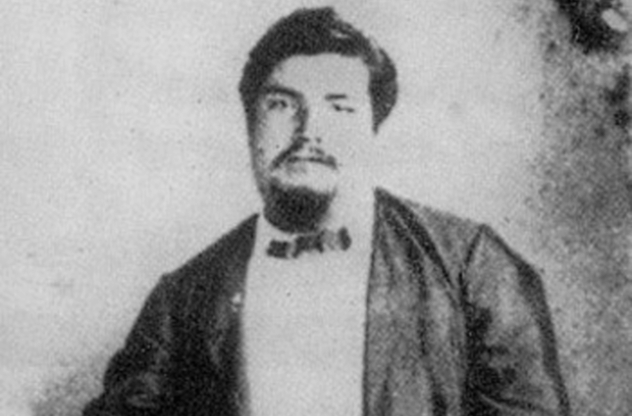
Born in Cleveland, Ohio, around 1829, William “Bully” Hayes was the pirate who would eventually capture Eli Boggs and send him to trial. A pirate in his own right, Hayes learned all that he needed to know about sailing on the Great Lakes before heading off to the Pacific to find his fortune. His first official mention in Australian records comes in 1857, and over the next few years, he was involved in some high-profile schemes and some bigamy, too.
Throughout the 1860s, he sailed on a series of ships that he had gained through various frauds. The most common one that he ran was convincing captains and owners to sign over their ships to him in exchange for a portion of the cargo that he promised he was going to bring back—and never did. Along the way, he married Amelia Littleton as well as Rosa Buckingham, who met a tragic end when she died with her child, brother, and servant. Charged in 1860 with indecent assault, he spent some time blackbirding—luring people into slavery with false promises.
By 1874, he was reported to have accumulated five more wives. Complaints and condemnation of his unrestrained, violent tendencies sent him fleeing from his trading station on the Caroline Islands. Hitching a ride on a whaling ship, he headed to San Francisco. There, he took off on another ship, with another man’s wife, on what would be his last voyage. It’s generally agreed that he died in a fight with another sailor (who was never convicted for the murder), and his body was dumped overboard.
How much of Bully Hayes’s story is true and how much of it is fiction is debatable. Much of what we know of him comes from the writings of one of his crew members, who turned to writing after he was through with sailing. Other books written by those who knew him even include the disclaimer that many of the stories are embellished. The facts, though, are chilling. It’s generally accepted that his temper and his fondness for women—which extended to girls as young as 10 years old—were real. So were his blackbirding days and his less-than-stellar relationships with his crew, which ultimately led to his early demise.
5 Shap’-Ng-Tsai
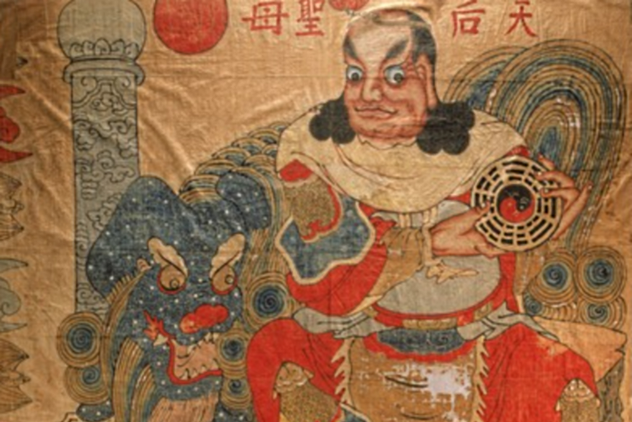
Shap’-Ng-Tsai started out as a smuggler, operating in and around China and Hong Kong in the 1840s. With Hong Kong officially a British territory as of 1842 and China signing a rather unfavorable trade agreement after the First Opium War, it became more profitable to smuggle the drug rather than trade it, and many of the smugglers started moonlighting as pirates.
Shap’-Ng-Tsai had a brilliant entrepreneurial spirit, and from his port at what’s now Dianbai, he started running a protection racket. His ships would escort and protect smugglers for payment, and by 1849, he had a fleet of 70 ships spread from his home port in China to Vietnam. That in itself wasn’t of real concern to the authorities. It became a problem, however, when his ships started attacking British and US trade ships that were theoretically protected under the treaty that had just been signed.
Fortunately for Shap’-Ng-Tsai, he had spies everywhere. One step ahead of the Royal Navy when they attempted to descend upon his operation in Dianbai, his men left behind only about 100 ships which they’d seized and were waiting for ransom on. Those ships were in turn seized by the Royal Navy and sold at auction—right back to Shap’-Ng-Tsai, who simply tacked the purchase price onto his ransom demands.
The Royal Navy didn’t give up, sending another fleet against the pirates. In October 1849, an epic battle ended with 58 pirate ships destroyed, including Shap’-Ng-Tsai’s flagship, and about 1,700 of his crew killed. The pirate leader himself escaped and was ultimately paid off by the Chinese government to stop being a pirate and start being a respectable naval man.
4 Wang Zhi
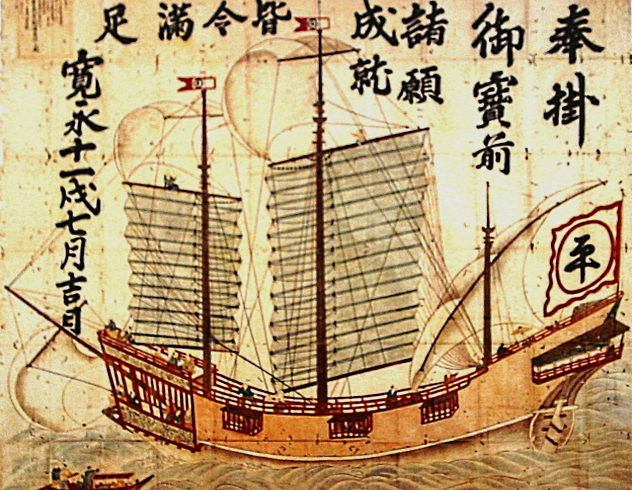
Wang Zhi originally started out as a Chinese salt merchant. His story is a strange illustration of how governments can create criminals and how those criminals can go on to change the world.
When the Ming dynasty started imposing a tax on salt in the 1530s, Wang Zhi was one of the established traders who didn’t approve of the government deciding that it was going to cut into his profits. With Chinese pirates prowling the seas, harassing his ships, and making life even more difficult, he decided to head to Japan, where he hired Japanese pirates as protectors. When more and more people followed him, he became something of a seafaring Robin Hood, providing work and money to those who chose to follow him.
Eventually, Wang Zhi expanded his business to include weapons and gunpowder. He turned into the middleman between the Portuguese and Asian markets, bringing in European firearms (particularly handguns and cannons) and exporting gunpowder and its ingredients. He was in the middle of the trade of sulfur for saltpeter as well. In an odd step, he encouraged the spread of Christianity into Japan and China. The Portuguese offered to exchange some of their technological advancements for allowing missionaries access to the new frontier, and many of the pirates converted to Christianity.
None of that went over well with the Tokogawa government. Wang Zhi was ultimately executed in 1559, a victim of the crackdown on not only pirate activity, but the Western faith that was slowly seeping into Asia.
3 Cai Qian
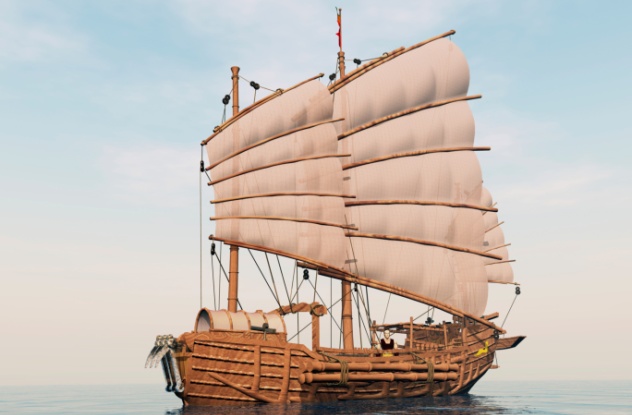
Cai Qian’s life as a pirate was a relatively brief one, but by the time he was killed at sea by government forces in 1809, he had become the undisputed head of pirate activity along the Zhejiang coast. Much about his life is debatable, but it’s generally accepted that he originally lived first as a peasant and then as a fisherman before he joined a pirate crew in 1795. He quickly rose through the ranks, helped along by having absolutely no qualms about doing anything that was needed to displace his rivals, including using his wife to bait one rival into a trap. Within a few years, he had his own ships and his own crew.
By 1800, he had already attracted the attention of the provincial authorities, in no small part because of the capture of one of his terrifyingly well-armed ships. When his operation became the subject of official surveillance, one of the things that perhaps bought him some time was the fact that there was no real hierarchy within his crew. There was no standing for the captain, no titles among men, and nothing that the authorities would have deemed “imperial” behavior or a threat to the dynasty.
During this era, individual pirates would often band together to operate in huge, large-scale fleets. When an 1800 typhoon destroyed a huge number of the ships that had been absorbed into the two main pirate fleets, the remainder came together under the same flag. When their leader was killed, Cai Qian rose to power over the survivors. His career was marked with a series of rises and falls; at one point, he was forced to Taiwan with only a couple of ships. By 1806, he dubbed himself “King to Pacify the Oceans” and word got back to the suspicious provincial authorities that he was going to make the jump from overseeing an organized pirate force to staging an outright rebellion against the government.
The government force started using smaller vessels to pick off his suppliers in the hopes of isolating him and weakening his forces. It worked, and in 1809, he was killed at sea.
2 Charlotte Badger
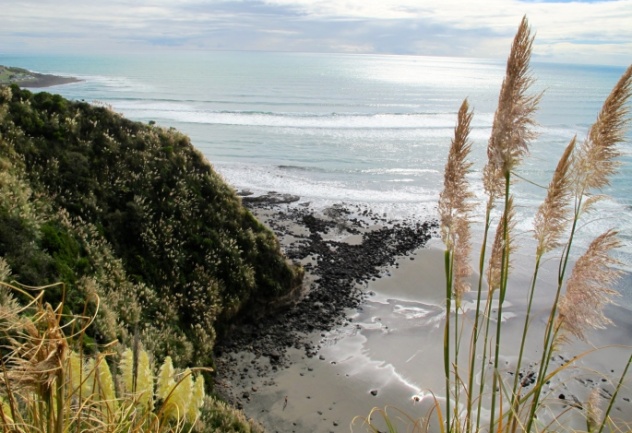
Records of Charlotte Badger, daughter of Thomas and Ann, in the St. John parish of Worcestershire, England, state that she was baptized on July 31, 1778. In 1801, she arrived in Sydney, sentenced to seven years of transportation for breaking into a house.
With two years left in her sentence, Badger and a friend were assigned to a family of settlers as servants. With the settlers, they sailed from Port Jackson to Tasmania, where the prisoners mutinied. There are a couple of different versions of what happened, but all of them have Badger in the thick of it, either convincing the others to mutiny or leading the charge herself, flogging the captain, and leading a raid on another ship to capture weapons and supplies. Badger and her friend, Catherine Hagerty, hooked up with another convict and the first mate of the ship (respectively) and took to the seas.
The ship was laden with enough supplies to start a colony on Hobart. With those supplies, the newly free convicts set up shop at Rangihoua Bay in New Zealand. By the end of the year, however, the convicts had scattered. Several, including the ship’s first mate, who had been instrumental in freeing the convicts, had left New Zealand. Catherine Hagerty had died. Badger ended up living with the island’s Maori community.
That’s all we really know about her fate. There are a few other mentions of her, and it’s thought that while she was originally accepted by the Maori, that might have come to an end when the Venus, Badger’s ship, was responsible for a handful of kidnappings in the area. Some accounts claim that she eventually made it across the ocean to the United States, while others quote her as refusing passage and insisting that she wanted only to die among the Maori.
1 Cheng Ch’i And Ching Shih
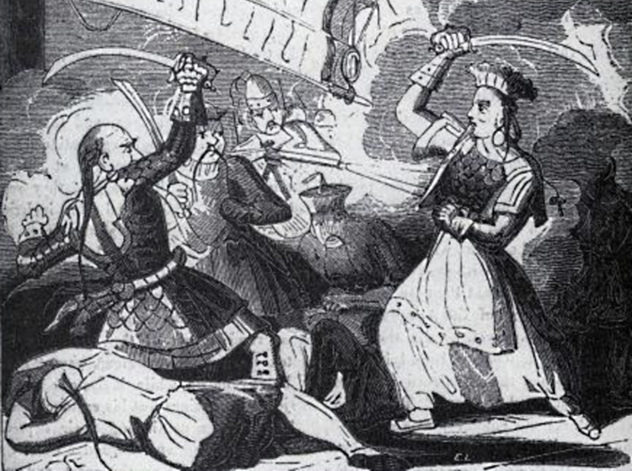
When Cheng Ch’i’s pirates captured a brothel, he requested that one of the prostitutes become his wife. The partnership would lead not only to the building of a successful pirate empire, but the formation of a fleet that would belong to one of the most successful pirates in history—the one-time prostitute, Ching Shih (also called Cheng I Sao).
For six years, Cheng Ch’i and Ching Shih ruled their pirate fleet and sailed the seas of China. When Cheng Ch’i died in a typhoon, Ching Shih made sure that she was first in line to take command. Now 32 years old, she recruited the aid of her late husband’s protege, the 21-year-old Chang Pao. It was quite a promotion for the boy, but it was one that he’d had before. It was, perhaps strangely appropriate that he’d been elevated from Ching Shih’s adopted son to her lieutenant and lover. He’d previously been Cheng Ch’i’s adopted son, lieutenant, and lover, as well.
The fleet was run with an iron fist. While they pillaged ships and villages alike and extorted insane amounts of money from the wealthy for protection against pirates (i.e., themselves), they were subject to some harsh laws that, if broken, signed and sealed their death warrant. Ching Shih forbade anyone to steal from any villages that had supplied them with food, water, or other aid. Even as they were burning down other entire villages just for fun, they were also held to a strict code of conduct when it came to women. Rape was punishable by death, and if one of her pirates wanted one of their captives, he needed to not only marry her, but treat her “respectably.” That meant no cheating; anyone caught cheating on his wife was killed.
In exchange for their loyalty, Ching Shih kept all her ships and her pirates well-armed and provided for. She established the equivalent of pension plans for her pirates, and they were operating with the protection of her massive fleet behind them. At its height, that meant around 1,600 ships and more than 70,000 pirates, spies, and other agents.
Eventually, Ching Shih retired, and while there are plenty of stories about how she got her amnesty, no one’s sure what the truth is. According to one story, she needed to officially thank the governor where she was “retiring” to. She refused, but then someone put forward the idea that she could marry Chang Pao and thank the governor for performing the ceremony, fulfilling the requirements of her side of the deal in a way that wouldn’t insult her. That’s what she did. However she got out of the business, it worked. She supposedly retired to either run a smuggling business or a brothel (or both) and lived to the ripe old age of 69.
